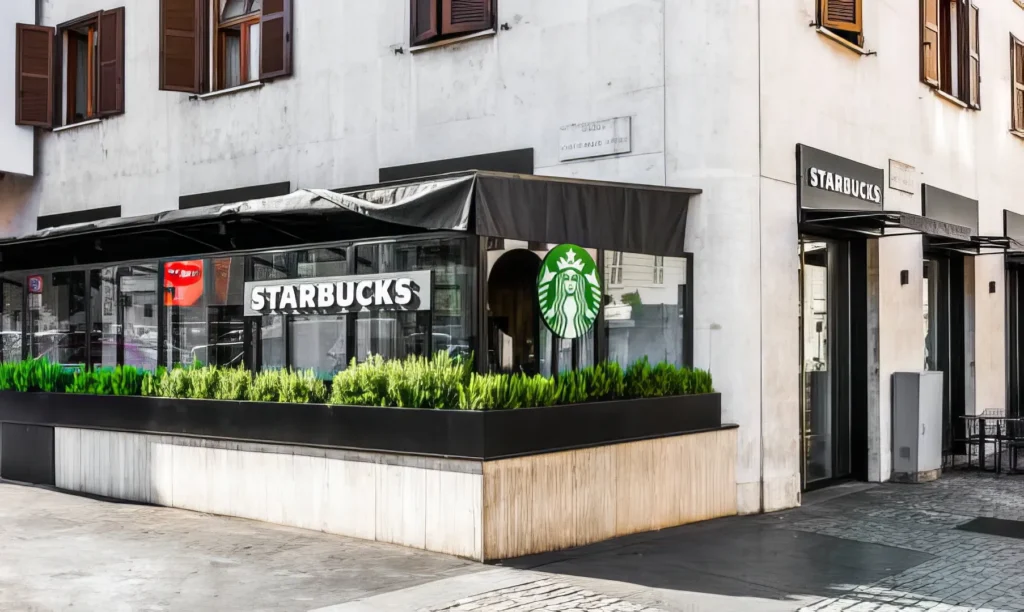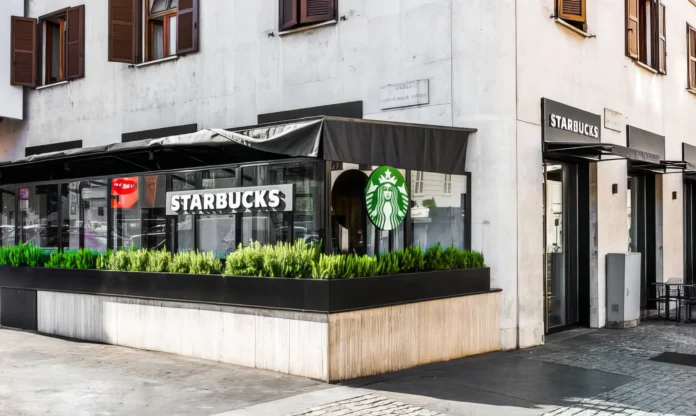Introduction to Starbucks Flavoring
Starbucks is a household name when it comes to coffee shops. The company was founded in 1971 in Seattle, Washington, and has since grown to become one of the largest coffee chains in the world. Starbucks is known for its high-quality coffee and unique flavor combinations that keep customers coming back for more. One of the key components of Starbucks’ success is its use of flavoring in its beverages.

Flavoring is an essential part of Starbucks’ beverages. It adds depth and complexity to the drinks, making them more enjoyable and satisfying. Without flavoring, Starbucks’ beverages would be bland and unremarkable. In this article, we will explore the different types of flavoring used by Starbucks, the ingredients that go into them, the process of adding flavoring to beverages, and the benefits and potential risks associated with flavoring.
Types of Flavoring Used by Starbucks
Starbucks uses a variety of flavorings in its beverages, including syrups, sauces, powders, and extracts. Syrups are the most common type of flavoring used by Starbucks. They are made from a combination of sugar, water, and natural or artificial flavors. Syrups come in a variety of flavors such as vanilla, caramel, hazelnut, and peppermint.
Sauces are another type of flavoring used by Starbucks. They are thicker than syrups and are often used to add a rich chocolate or caramel flavor to drinks like mochas or caramel macchiatos. Powders are also used by Starbucks to add flavor to their beverages. These powders are made from a combination of sugar and natural or artificial flavors and come in flavors like cinnamon or matcha.
Finally, extracts are used by Starbucks to add a concentrated burst of flavor to their beverages. Extracts are made by steeping natural ingredients like vanilla beans or coffee beans in alcohol to extract their flavor. The resulting liquid is then added to the beverage to add a strong, natural flavor.
Flavoring Ingredients
When it comes to flavoring ingredients, Starbucks uses both natural and artificial ingredients. Natural ingredients are derived from plants or animals and are minimally processed. They are often used to add a more authentic and nuanced flavor to beverages. Artificial ingredients, on the other hand, are created in a lab and are designed to mimic the taste of natural ingredients.
Common natural ingredients used by Starbucks include vanilla beans, cocoa powder, and cinnamon. Artificial ingredients used by Starbucks include artificial sweeteners like sucralose and aspartame, as well as artificial flavors like caramel or hazelnut.

Flavoring Process
The process of adding flavoring to Starbucks’ beverages is carefully controlled to ensure consistency across all stores. Syrups, sauces, and powders are added directly to the beverage during the preparation process. Extracts are added in small amounts using a dropper or pipette.
Consistency is key when it comes to adding flavoring to beverages at Starbucks. Each store follows strict guidelines for how much flavoring should be added to each drink. This ensures that customers receive the same great taste every time they visit a Starbucks location.
Flavoring Benefits
Flavoring has several benefits when it comes to Starbucks’ beverages. First and foremost, it enhances the taste and aroma of the drinks, making them more enjoyable and satisfying. It also allows for customization of drinks, so customers can create their own unique flavor combinations.
In addition, some flavorings can add nutritional value to beverages. For example, adding cinnamon to a latte can help regulate blood sugar levels, while adding matcha powder can provide antioxidants and other health benefits.
Flavoring Safety
The FDA regulates the use of flavorings in food and beverages in the United States. All flavorings used by Starbucks must meet FDA safety standards. However, there are potential health risks associated with artificial flavorings. Some studies have linked artificial sweeteners to an increased risk of cancer and other health problems.
It is important to note that the risks associated with artificial flavorings are still being studied, and the FDA has deemed them safe for consumption in small amounts. However, customers who are concerned about the potential risks of artificial flavorings may want to opt for natural flavorings instead.
Conclusion
In conclusion, flavoring is an essential part of Starbucks’ beverages. It adds depth and complexity to the drinks, making them more enjoyable and satisfying. Starbucks uses a variety of flavorings, including syrups, sauces, powders, and extracts, and carefully controls the process of adding flavoring to ensure consistency across all stores.
While there are potential health risks associated with artificial flavorings, they are deemed safe for consumption in small amounts by the FDA. Customers who are concerned about the potential risks of artificial flavorings may want to opt for natural flavorings instead.


